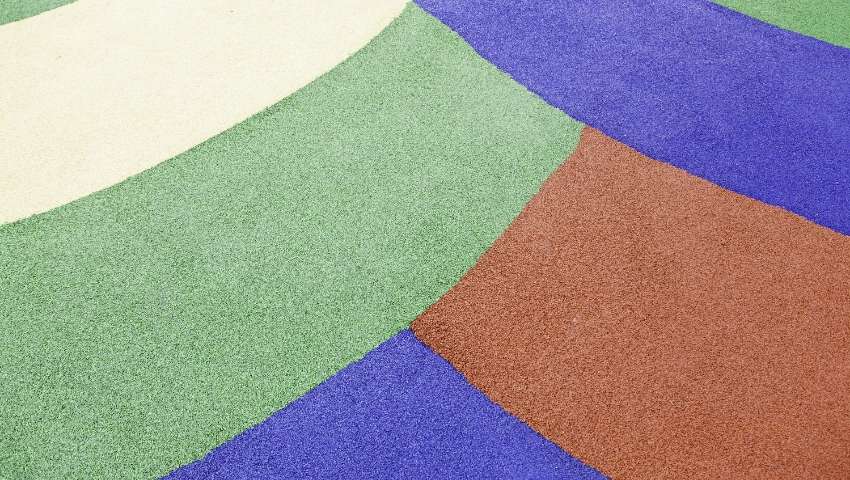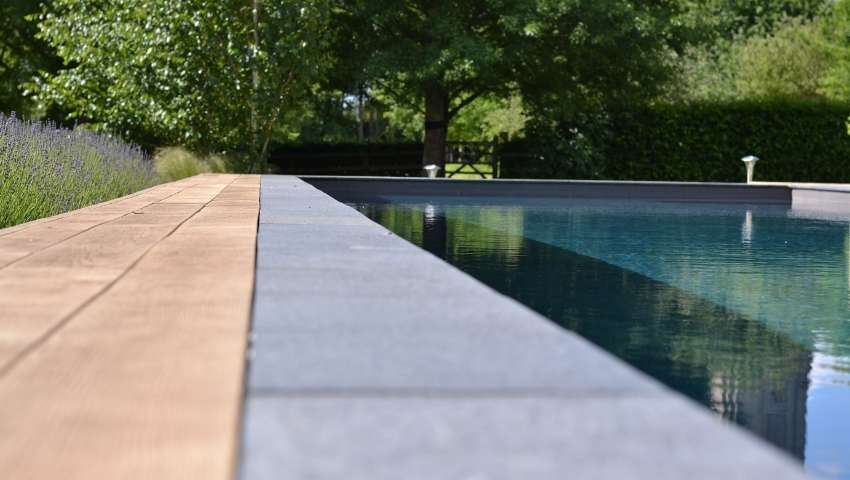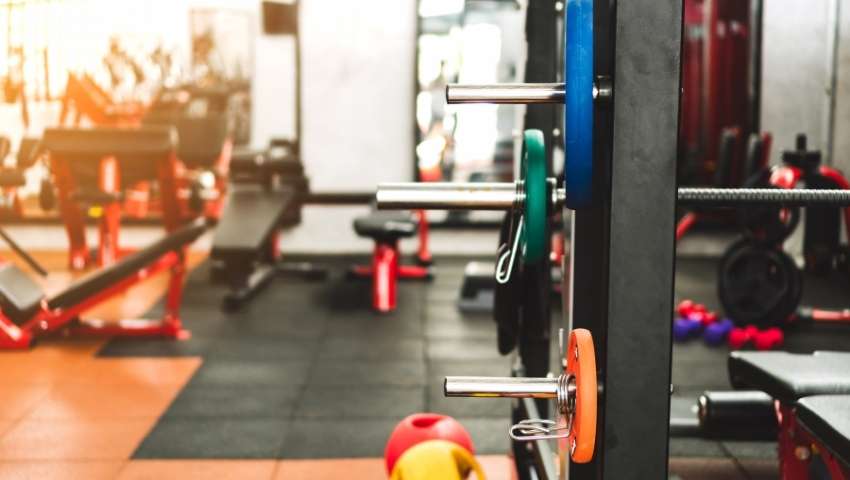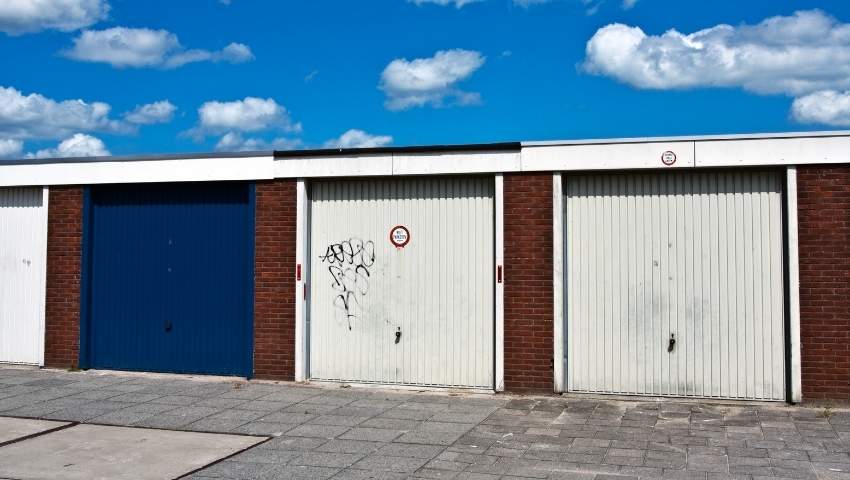Why Rubber Surfacing Is Ideal for Flooring Insulation
Typically, homes in the US lose a lot of heat produced by the HVAC systems on account of poor insulation. No one likes a cold home. So, most Americans set their thermostat settings high to compensate for the heat loss. This leads to a wastage of energy and an increase in household utility bills.
The US Energy Information Administration shares that heating and cooling costs account for 32% of a household’s electricity consumption. Finding ways to insulate the house can significantly reduce heat loss and slash your heating and cooling bills.
Flooring is a critical component of home insulation that’s missed out by most home improvement professionals. An insulated flooring like rubber works well with other elements like centralized heating, insulated walls, and sealed windows to make a space warm and inviting. This considerably brings down the heating and cooling costs.
Besides, rubber is a versatile flooring material for indoor and outdoor areas as it’s durable, low-maintenance, and safe because of its skid-resistant properties. No wonder, it’s found several applications in the residential setting.
Installing rubber surfacing is the best decision you can make if you are considering warming up your abode. Read on to know why it makes sense to install rubber surfacing when undertaking a home insulation project.
1. Prevents Heat Loss
Rubber is a poor conductor of heat or an excellent insulator. In rubber, the electrons are tightly bound; hence, they aren’t free for heat conduction. The R-value, a term used to describe the thermal resistance, of rubber is high. So, rubber surfaces don’t allow heat conduction, keeping indoors warm and cozy.
For instance, concrete surfaces or tiled floors lose more heat compared to poured-in-place rubber surfaces. Rubber’s high R-value stops heat from escaping an area through the dense surface.
Moreover, if your home has sealed windows (to stop the cold draft), the dead air and the rubber surface work together to arrest the heat conduction, thereby radiating the heat back into the rooms.
Installing rubber surfacing creates a thermal barrier to the cold subfloor, retaining the heat. The surface holds up to extreme temperature variations; hence, considerably less energy is required to maintain a comfortable temperature indoors.
2. Creates a Vapor Barrier
Water vapor not just damages homes (because of issues like mildew) but also ruins the effectiveness of your air sealing and insulation efforts. This can completely disrupt your utility budget. Hence, it’s critical to control the moisture in homes.
Insulation in the form of rubber surfaces creates a vapor barrier and reduces the heat transfer or flow. Rubber is impervious to moisture. This prevents moisture from entering your home and arrests the ensuing heat loss. This property of rubber is especially beneficial for homes with cold basements.
Moreover, because rubber is inhospitable to microorganisms like bacteria, fungi, and viruses, it maintains a hygienic indoor environment. Rubber surfaces also prevent issues like mildew or mold that can damage the subfloor and the home’s foundation.
3. Keeps the Home Cool in Summers
Besides preventing heat loss and keeping the indoors warm, rubber surfacing also helps keep the indoor temperature pleasant during summer. It’s a known fact that hot air rises, especially through unprotected flooring.
So, if the temperature outside is high, rubber flooring will prevent this phenomenon as it forms a barrier between the ground beneath you and the subfloor. This will keep your indoors cool and comfortable. Moreover, your HVAC will not have to overwork, thus reducing your electricity expenses.
Signs That Your Home Requires Rubber Flooring Insulation
How can you determine if your home is under-insulated? When should you consider installing flooring insulation? Here are a few tell-tale signs that your home needs extra insulation in the form of rubber surfacing.
- Fluctuating temperatures in different rooms
- Rooms get excessively hot in summers
- Rooms are cold regardless of the HVAC being on
- Cold floors
- High energy bills
- Frozen underground pipes
Don’t wait for these signs! It’s wise to proactively consider a rubber flooring installation to keep your home warm and protect it from any damage.
Summing Up
When undertaking a home insulation project, flooring insulation is often overlooked. Unfortunately, most homes in the US have gaps for the heat to escape, one of which is the flooring.
Installing flooring like poured-in-place rubber surfacing can greatly reduce heat loss through floors and go a long way in keeping your indoors warm and comfortable. Moreover, rubber surfaces are durable, comforting underfoot, and easy to clean and maintain. These surfaces are safe for homes with pets, kids, and seniors as they are skid-resistant and provide adequate cushioning in case of a slip or a fall.
If you are considering insulating your home for the chilly winters, get in touch with River Rock Resurfacing. Our team specializes in installing insulating rubber surfaces. Call us now on + (1) 303 424 7905. Our team is here to help!












